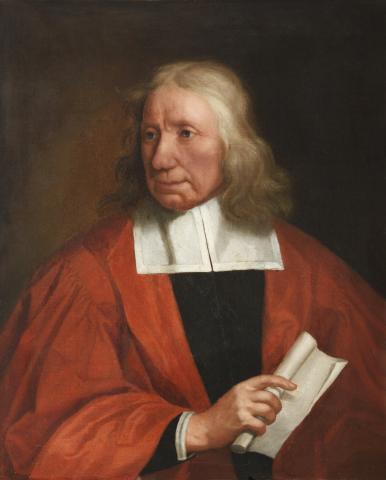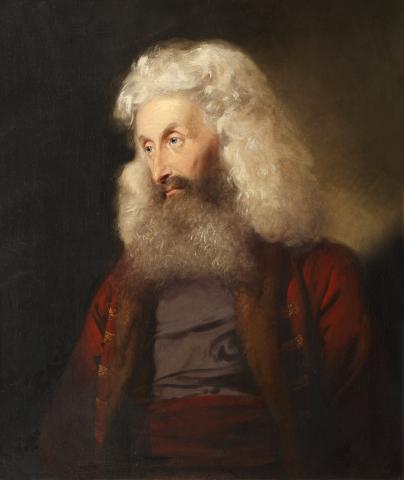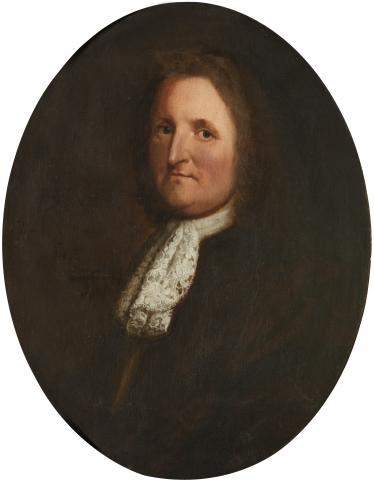Contributors
In modern terms, successful projects are associated with strong ideas, goals that can be delivered and clear-sighted leadership. Successful projects also involve many people other than the leader. The involvements of some of these people will be known but many remain unknown. Robert Morison’s Historia is no exception.
Experimentation with optimal arrangements of plants, so people could understand the diversity revealed by exploration of unknown areas, resulted in lists of plants growing in specific gardens or parts of the world, stored in personal herbaria, or descriptions arranged according to species’ uses, e.g., horticultural manuals or medicinal plants in herbals. There were few attempts to encapsulate plant diversity into a single system of classification. Robert Morison realised plant classifications based on habit, habitat or the ways humans exploit plants had no general value. Morison chose to focus his attention on a specific feature of the plant – the fruit.
Technically, a fruit is the mature, female part of a flower. Inside a fruit there are seeds. For example, bananas, tomatoes and grains of rice are fruits, but a Brazil nut, a peanut and a baked bean are all seeds. In the seventeenth century, no clear distinction was made between the fruit and seed. Fruits and seeds are associated with the dispersal of plants in time and space.
To achieve his vast vision, Morison could not work alone. In addition to data extracted from published texts, and personal observations, he needed the cooperation of circles of academic and horticultural correspondents who could give him information about plants with which he was unfamiliar.
In England, contributors included the Essex-based naturalist John Ray (1627-1705), botanist, diplomat and patron of natural history William Sherard (1659-1728), Charles Dubois (c.1658-1740), cashier-general of the East Indian Company and Henry Compton (1631/32-1713), Bishop of London. From Holland, Paul Hermann (1646-1695), Director of the Hortus Botanicus Leiden, added observations. In France, Guy-Crescent Fagon (1638-1718), physician to Louis XIV (1638-1715), and Pierre Magnol (1638-1715), professor of medicine and Director of the Botanic Garden at the University of Montpellier, made contributions. In Italy, the Sicilian botanist and friar Paolo Silvio Boccone (1633-1704) and Giovanni Battista Trionfetti (1656-1708), Professor of Botany and Prefect of the Botanic Garden at the University of Rome, added observations about Mediterranean plants. In North America, the naturalist and clergyman John Banister (1650-1692) gave a New World perspective.
Two horticulturalists were already in Oxford at the Physic Garden: Jacob Bobart the Elder (c.1599-1680) and Jacob Bobart the Younger (1641-1719). The latter eventually took a leading role in the work on the Historia after Morison died.
Morison decided his Historia would be illustrated. Twelve named artists made contributions to the plates in the Historia: two for their drawings; nine for their engravings; and one for both drawings and engravings. The two artists who contributed drawings only to the plates were: William Sonmans (d.1708; 38 plates) and Francis Barlow (c.1626-1704; 4 plates). The nine engravers only were: Frederick Hendrick van Hove (c.1628-1698; 62 plates); J. Savage (19 plates); Leonardus Henricus van Otteren (c.1671-1731; 12 plates); Robert White (1645-1703; 8 plates); Abraham Blooteling (1640-1690; 7 plates); David Loggan (1634-1692; 3 plates); Leonard Burnford (1681-1715; 1 plate); William Faithorne (c.1620-1691; 1 plate) and Vaughan (1 plate). Michael Burghers (c.1647-1727) contributed drawings to 22 plates and engraved 60 plates. In total, 174 out of 292 plates are attributed to one or more artists.
Patronage, printers, administrators, and a publisher were also needed, if the Historia was to be circulated to botanists throughout Europe, and at least break-even financially. Except for patrons of the Historia, most of the names of these individuals are unknown.



